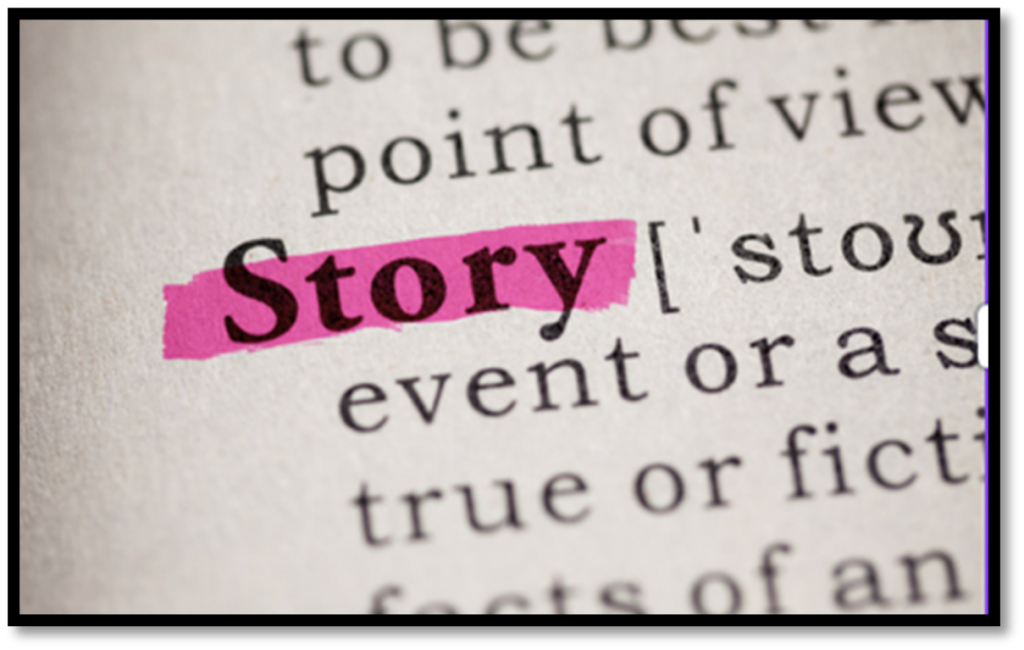What’s the Story?
If you are a teacher or student in the US, you’re likely well aware that March is Reading Month! Ranging from assemblies with favorite local authors, to reading challenges or competitions, to dressing like favorite storybook characters, classrooms across the country have engaged in this tradition of books and stories for years.

It begs the question, why are we so drawn to stories?
Stories have always been an integral part of our human existence! From ancient tales of gods and heroes to modern-day literature, stories have always been part of our culture both in and out of school. Stories create a meaningful impact on students’ lives.
There’s no doubt, storytelling is a traditional way of sharing knowledge and wisdom from one generation to the next.
Storytelling has been used extensively in cultures worldwide, and it has an essential role in education. Oral stories help students learn about their cultural heritage, values, beliefs, and traditions. By learning about the past, they can have a deeper understanding of their present and plan for a better future. These stories allow students to see how people in the past dealt with societal issues, conflicts, and challenges that are still evident today.
Listening to stories helps build essential skills such as listening, observation, reasoning, critical thinking, and empathy. As students listen to stories, they learn to pay attention to details, ask questions, and make connections to their own lives. They learn to analyze, interpret, and evaluate messages, characters, and plots. These activities enhance their cognitive and language development and contribute to their overall academic success.
In addition to valuable educational skills, oral storytelling also helps in fostering social-emotional learning. Stories are an excellent tool for discussing and exploring emotions, relationships, and human behavior. By listening and discussing stories, students can develop a sense of identity, belonging, and self-awareness. They can also learn about different cultures, lifestyles, and perspectives while building understanding, respect, and tolerance towards others.
Including oral stories in the curriculum has been shown to improve learning outcomes. For example, research has shown that storytelling can improve literacy skills such as vocabulary, comprehension, and retelling. It also supports English language learners, as stories offer a natural context for learning grammar, syntax, and pronunciation. In addition, incorporating oral history into social studies can provide a deeper understanding of community history and cultural traditions.
You know the impact of stories.
You’re ready to add our carefully crafted stories, chock full of useful language expressions, vocabulary and more, to your English Language Learners’ school day. Click here to get started!